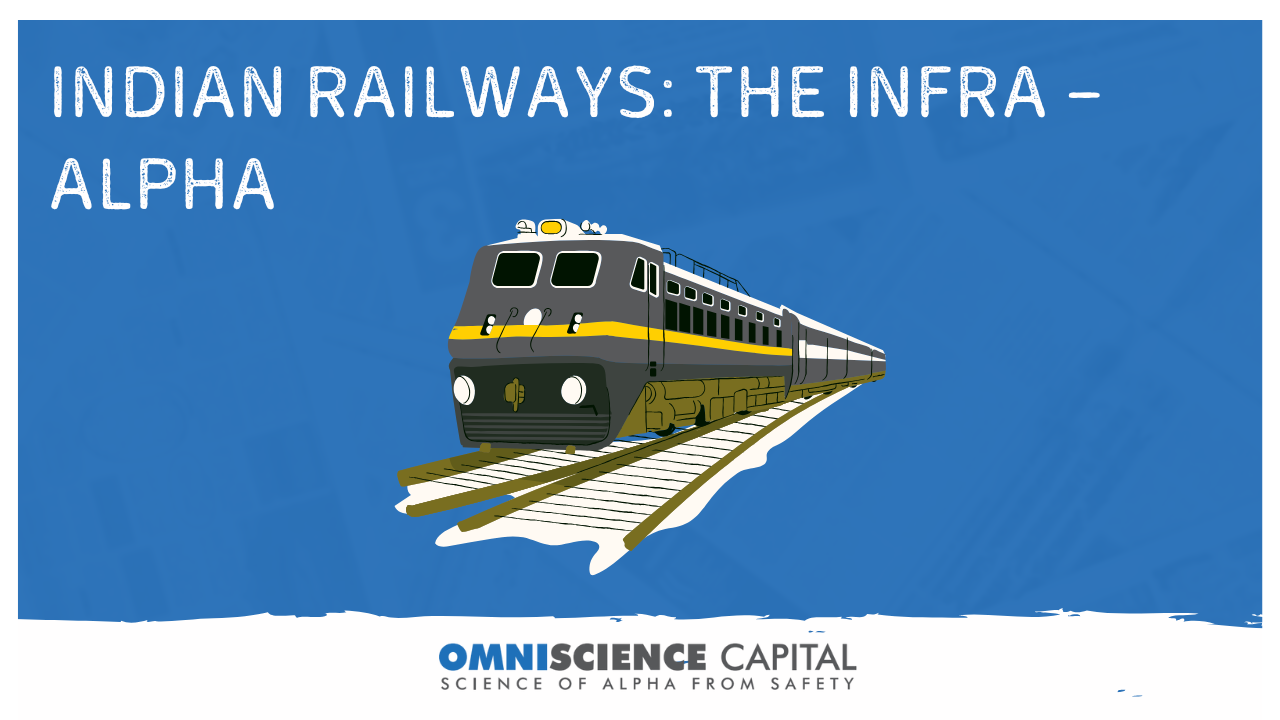Amrit Bharat: A Structural Bet on Rail Infrastructure
In equity markets, we love a long-term structural story. And India’s rail infrastructure
push under the Amrit Bharat Scheme is just that.
The government has identified over 1,300 stations for transformation—cleaner, safer,
smarter. Think better signage, modern toilets, free Wi-Fi, executive lounges, seamless
entry/exit systems, and improved accessibility for all, including the disabled. This is not
just cosmetic—it’s economic. Modern stations connect both sides of cities, integrate
with metros and buses, and signal that public infrastructure is catching up with urban
aspirations. Early showcases like Gandhinagar and Rani Kamlapati (Bhopal) prove it can be done.

Engineering Marvels: Building for the Next Century
Now shift to engineering marvels. The New Pamban Bridge, India’s first vertical-lift sea bridge, spans 2.07 km and connects Rameshwaram to the mainland. The old bridge, a 1914 relic, was shut in 2022. The new one lifts 17 meters to let ships pass, has stainless steel joints, dual tracks, and is cyclone and corrosion-resistant—a blueprint for future-proofing transport.
Expansion on Track: New Lines, New Potential
Lastly, a ₹18,658 crore rollout across three states, covering over 1,247 km, is adding new lines and doubling capacities. This isn’t just connectivity—it’s a multiplier for logistics, tourism, and regional economies.
Infra Is Compounding—One Track at a Time
Infra is compounding. And India’s railways are laying the tracks for it—literally.
